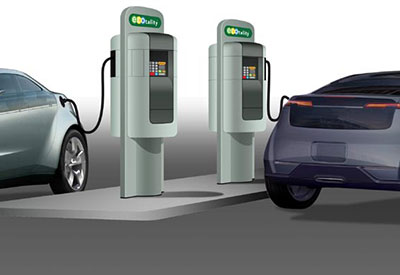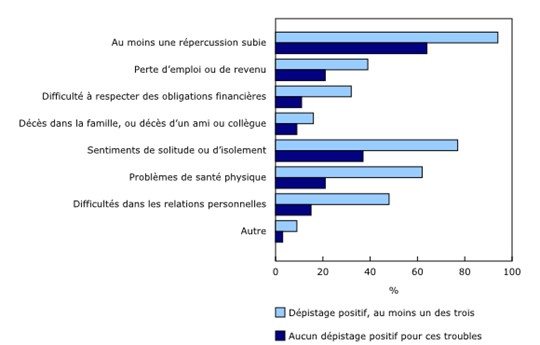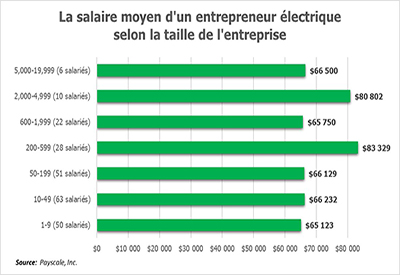Les revenus provenant des services de recharge des véhicules électriques devrait atteindre 2,9 milliards $ par an d’ici 2023

Les constructeurs automobiles et les services publics prennent les devants dans le financement et la construction des réseaux de recharge des véhicules électriques conclut un nouveau rapport de Navigant. Le marché des plug-in pour véhicules électriques est en pleine expansion, même s’il fait face à certains problèmes prévisibles dans la conjoncture actuelle. C’est un marché appelé à prendre de l’expansion. Ce rapport prévoit qu’il pourrait y avoir 12 millions de véhicules électriques dans le monde d’ici à 2023. Le marché des services de recharge est donc susceptible d’évoluer pour répondre à cette demande et pourrait passer de 152,6 millions $ en 2015 à 2,9 milliards $ en 2023.
Automakers and utilities are taking the lead in financing and building out electric vehicle charging networks, fuelling a forecasted growth in global charging services revenue from US $152.6 million annually in 2015 to $2.9 billion in 2023, says a new report from Navigant Research. The report analyzes the global market for PEV charging equipment sales and charging services, including global market forecasts for residential and commercial charging system unit sales and revenue from charging services through 2023.
The market for plug-in electric vehicle (PEV) charging equipment (also known as electric vehicle supply equipment, or EVSE) is expanding, while experiencing predictable growing pains. With the number of PEVs in use projected to reach 12 million globally by 2023, the market for EV charging services is likely to continue evolving as demand heats up growing demand.
“Sales of EV charging systems are expected to grow steadily in the coming years, surpassing 2.5 million by 2023,” says Lisa Jerram, Principal Research Analyst with Navigant Research. “That represents a significant market for providers of charging systems, but the market landscape and the business models, particularly for commercial charging, are yet to be fully defined.”
Residential chargers are increasingly a commodity, competing more on price than on innovative features, according to the report, making the market for commercial chargers (defined as installations outside vehicle owners’ residences) the most dynamic and the most uncertain. Public chargers continue to spread, and workplace charging is picking up. Some charging networks have usage fees, some charge via subscription, and some companies offer EV charging as a free service to entice customers or as an employee perk. Automakers and utilities are moving to the forefront in financing and building out EV charging networks, the report concludes.
The report, Electric Vehicle Charging Services, analyzes the global market for PEV charging equipment sales and charging services. The report covers the residential and commercial charging market segments and analyzes the potential uptake of alternating current (AC), direct current (DC), and wireless electric vehicle charging equipment. Global market forecasts for residential and commercial EVSE unit sales and revenue, broken out by region, charger type, and segment (residential, workplace, public, and private), extend through 2023. Forecasts of revenue from charging services and electricity demand are also included. The report also examines the different regional drivers and business models related to PEV charging and the key industry players within the competitive landscape.
Find out more: http://www.navigantresearch.com/research/electric-vehicle-charging-services.












